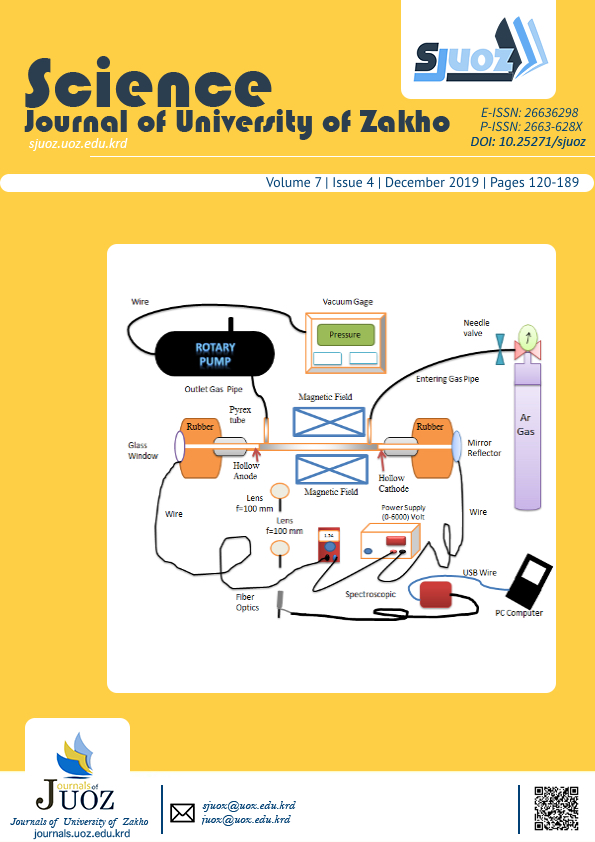New Data Hiding Approach Based on Biological Functionality of DNA Sequence
Abstract
Data hiding or steganography has been used ever since a secret message was needed to be transferred. Data hiding methods need a medium to be cover for secret message that is to be sent. Different mediums are used such as image, video, audio, and last decade the deoxyribose nucleic acid (DNA). In this paper, a new data hiding approach based on the DNA sequence is proposed. Unlike many existing methods, the proposed method does not change the biological functionality of the DNA reference sequence when the sequence is translated into amino acids. The proposed method is consisting of two steps: the first step is encrypting the message using the Toffoli quantum gate. The second step is embedding the encrypted message into DNA sequence by taking one codon at a time and considering amino acids' biological functionality during the embedding process. Experimental results show that the proposed method outperforms the existing schemes preserving biological functionality in terms of cracking probability, and hiding capacity for bit per nucleotide.
Full text article
Authors
Copyright (c) 2019 Abdullah A. Abdullah, Adel S. Eesa, Ahmed M. Abdo

This work is licensed under a Creative Commons Attribution 4.0 International License.
Authors who publish with this journal agree to the following terms:
- Authors retain copyright and grant the journal right of first publication with the work simultaneously licensed under a Creative Commons Attribution License [CC BY-NC-SA 4.0] that allows others to share the work with an acknowledgment of the work's authorship and initial publication in this journal.
- Authors are able to enter into separate, additional contractual arrangements for the non-exclusive distribution of the journal's published version of the work, with an acknowledgment of its initial publication in this journal.
- Authors are permitted and encouraged to post their work online.
